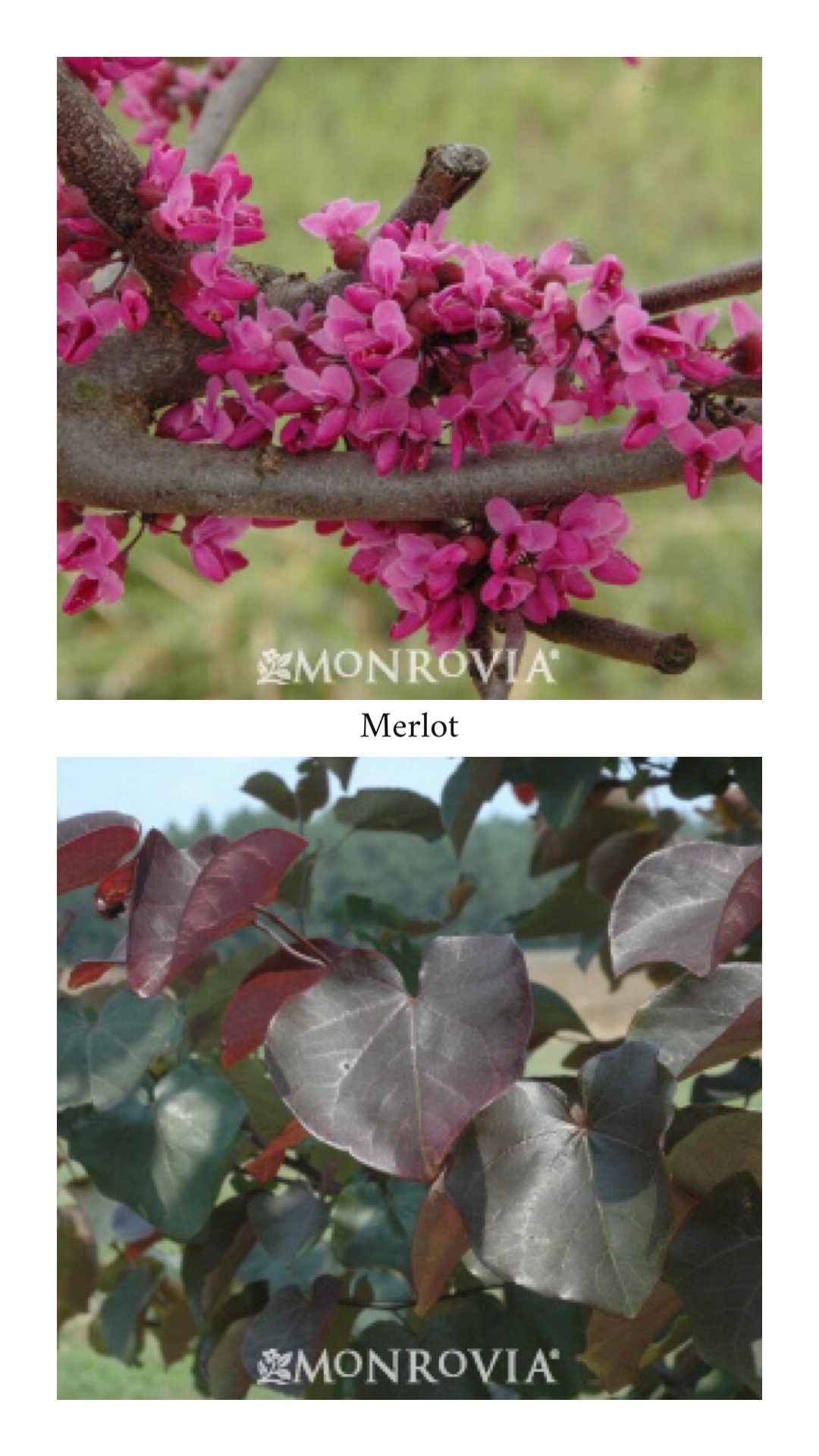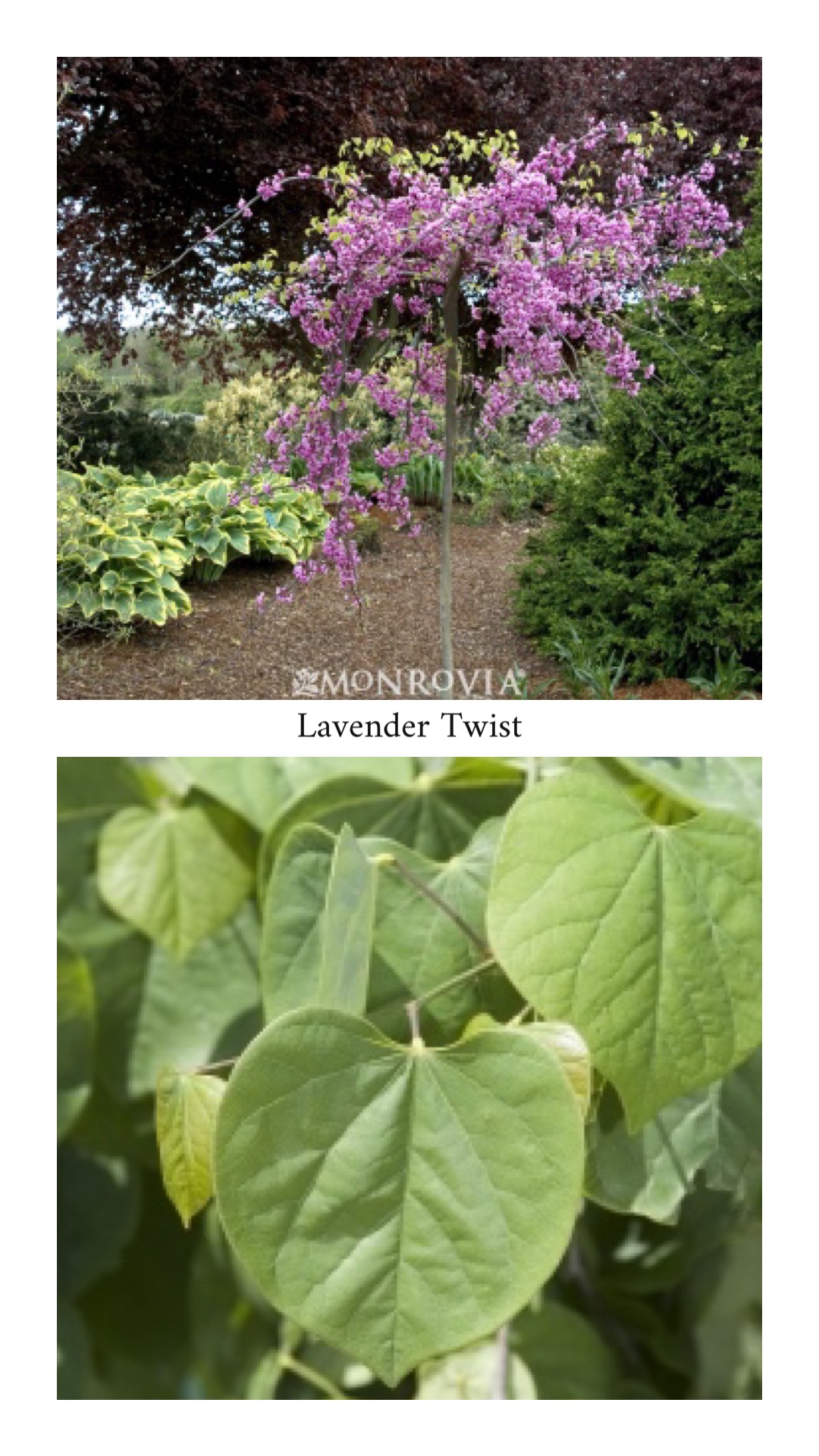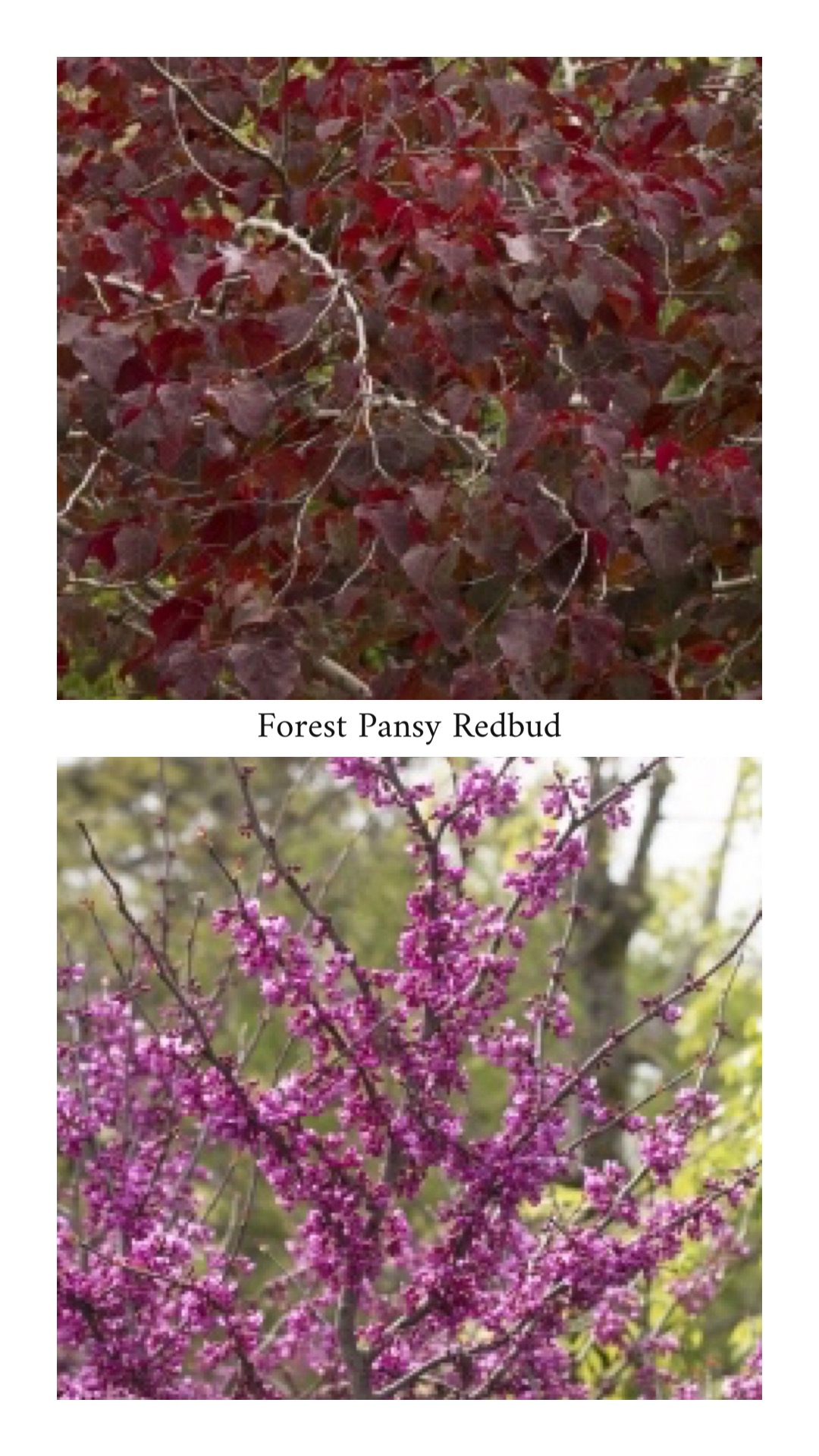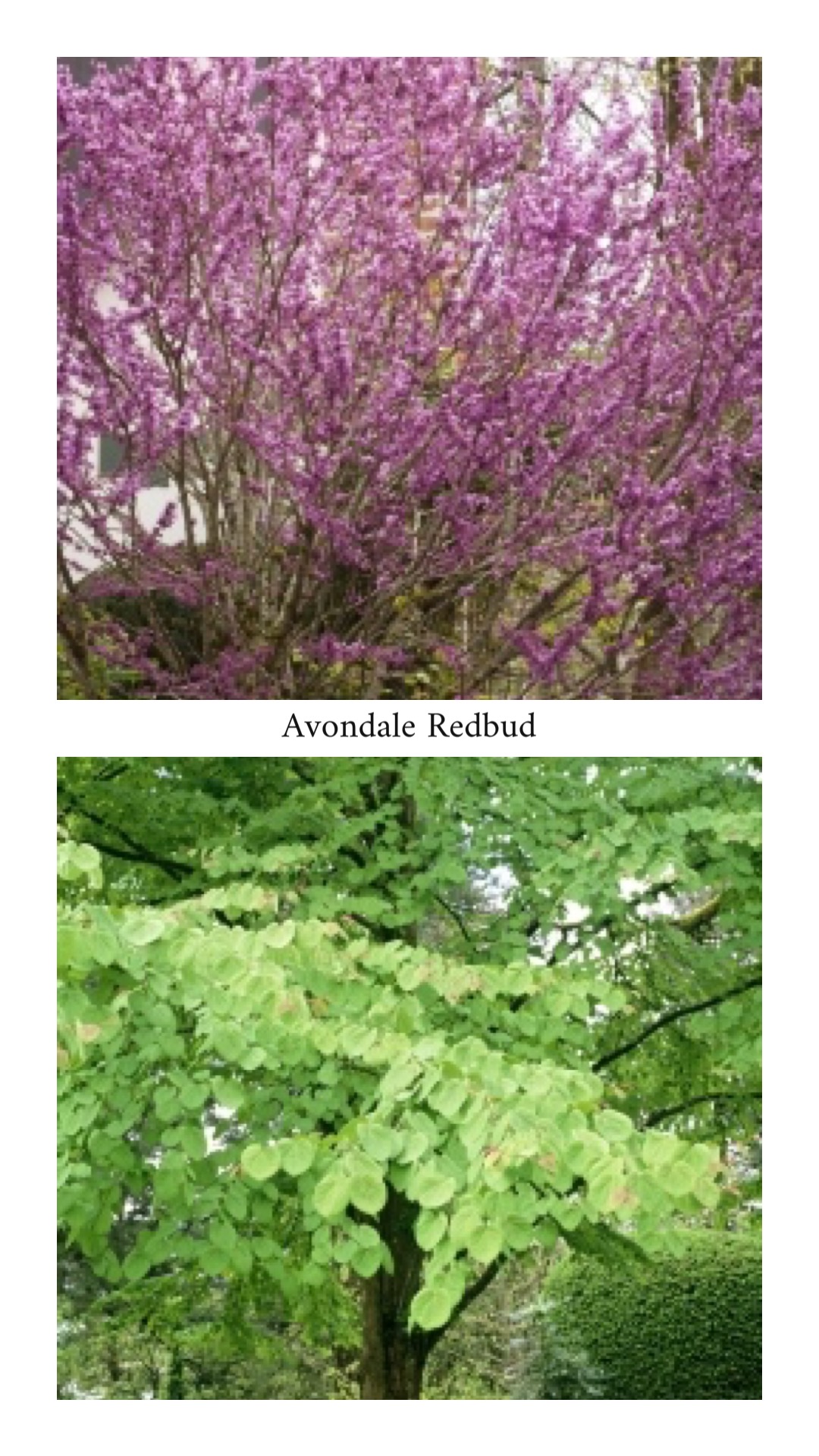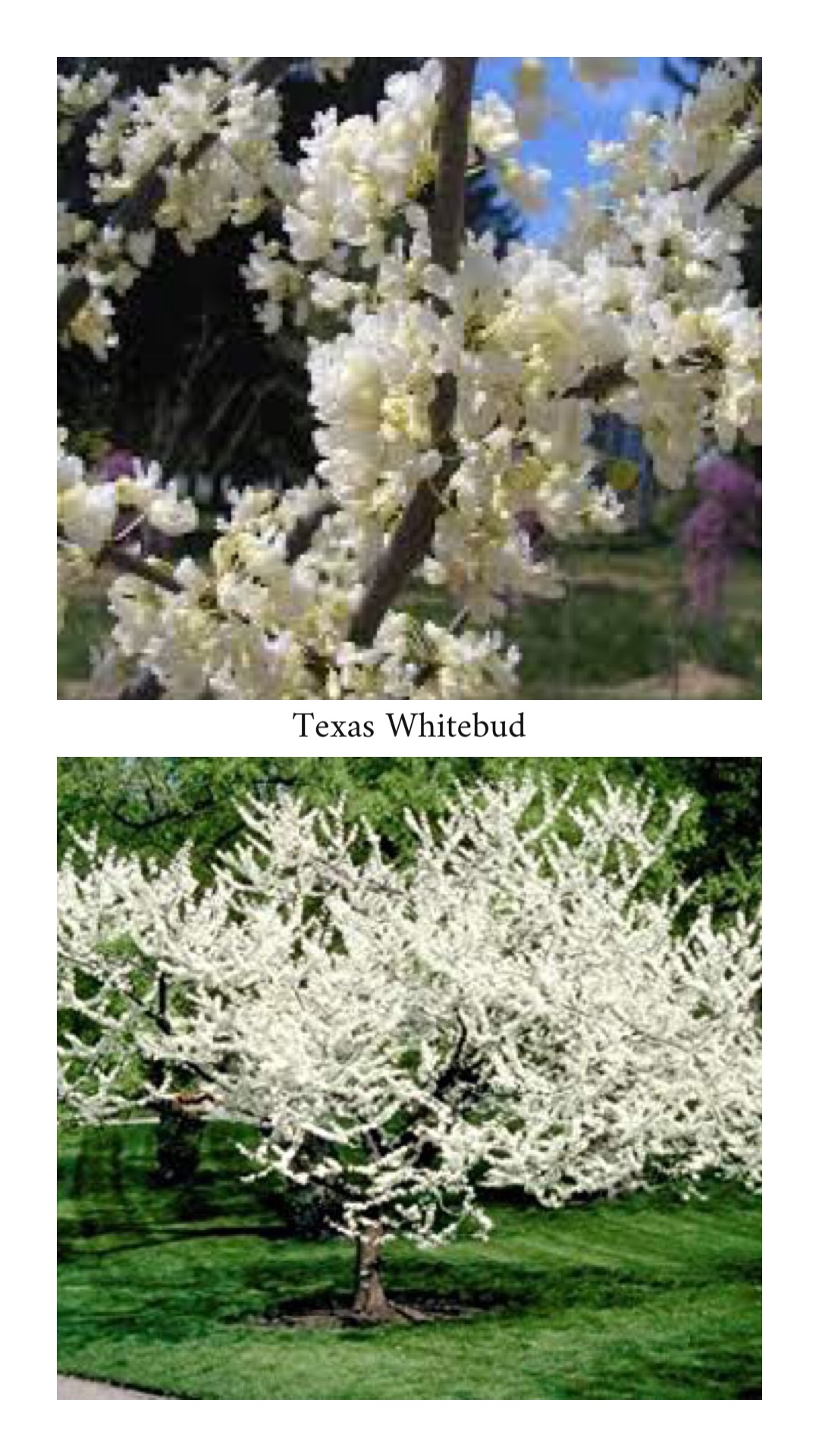Oklahoma's State Tree... the Redbud!
Are you ready?
Ready for….
One of the best reasons to love Oklahoma!
Redbuds are on the edge of putting on their annual color show!
Who doesn’t love spring in Oklahoma while the Redbuds are celebrating spring?
You have to love some of Oklahoma’s crazy state symbols:
Our state floral emblem is Mistletoe. Really? Mistletoe is an unwanted parasite that harms trees.
Our state vegetable is the Watermelon. Watermelon? Watermelon is a vegetable? Well, come July I’ll be eating a lot of vegetables!
But, when it comes to a state tree, Oklahoma couldn’t have selected a better tree.
There is no better flowering tree than the Redbud, especially the ‘Oklahoma’ Redbud.
Michael Dirr, easily considered America’s leading woody plant expert, wrote in his textbook Dirr’s Hardy Trees and Shrubs about Redbuds:
“No equal, no competitor, can be found among small flowering landscape trees – the stage is reserved for this native species.”
I agree!
Eastern Redbuds are native to the Eastern US from Massachusetts to Florida extending west to Kansas, Oklahoma, and Texas. In the native landscape, you typically see them as understory trees in wooded areas.
From mid-March to early April, you can’t miss them. Their pink to lavender flowers brighten the landscape before leaves bud on most trees. They grow in full sun and partial shade. They tolerate clay, loam, and sandy soils. They adapt to a wide range of soil pH as well as soil moisture.
But, the native Eastern Redbud has its shortcomings. During the summer, the leaves are a disappointment in Oklahoma. The hot winds of July and August leave the native Redbud leaves tattered and bruised.
Thankfully, Oklahoma has an answer to the Eastern Redbud –
the ‘Oklahoma’ Redbud, Cercis Canadensis var. texensis ‘Oklahoma’.
The ‘Oklahoma’ Redbud has a deeper purple color bloom and a waxy, thick, dark green, heart-shaped leaf. The ‘Oklahoma’ is far richer in color in the spring and carries beautiful foliage through the hottest of summers. In the fall, the leaves turn golden yellow.
‘Oklahoma’ Redbuds can be used in every imaginable landscape application. They are excellent lawn trees. They are dynamic in groupings. And they add interest to landscape beds.
Redbuds grow 15-18’ tall and have a spread of 15’ at maturity. Their small tree nature tends to produce a low branching, rounded top-growing pattern.
The Redbud rooting pattern can lead to difficulty in transplanting. When selecting a balled and burlap tree, it is best if the tree is harvested and replanted during the dormant season. A good size to start with is a 1.5” to 2” caliper tree (Tree caliper is the diameter of the tree trunk measured 6” above the soil). If you are planting a Redbud during the growing season, I would recommend purchasing a container grown tree, as there is less transplant shock.
A redbud in Oklahoma City that is starting to bud this week.
Other varieties of Redbud include:
‘Forest Pansy’ which has a shimmering, reddish-purple leaf. This Redbud is a real winner in the spring. But, in the early summer the leaves fade worse than the Eastern Redbud leaves. If you decide to try this variety, select a place in your landscape where the tree will be shielded from the hot west sun and southern winds.
‘Texas Whitebud’ is a white blooming variety of the ‘Oklahoma’. It also has waxy, dark green leaves through the summer.
'Avondale' is a little smaller, reaching only 10-12' in height and width. It is one of the most profuse flowering redbuds with very showy dark rose-purple flowers. It also has a glossy, heart-shaped leaf.
'Lavender Twist' is a weeping redbud with rosy-pink flowers. The umbrella branching pattern only reaches 5-6' tall making it a good specimen for a focal point in the landscape.
'Merlot' is a new hybrid with dark foliage similar to the 'forest pansy' but has glossier leaves that take the summer heat similar to the 'Oklahoma' redbud.
‘Rising Sun’ rosy-lavender flowers and traditional heart shaped leaves that turn from yellow to orange maturing to lime green during the summer. Reaches 8-10’ in height with an 8’ spread.
‘Flame Thrower’ a new cultivar, a cross between the Rising Sun and a weeping Redbud, introduced by North Caroline State University. Individual leaves transition from purple to red to reddish-bronze and finally to yellow-green as they mature.
For more Redbud varieties, click this link https://www.monrovia.com/search/?q=redbud.
‘Rising Sun’
‘Rising Sun’
Texas Whitebud
Flame Thrower
One final reason why I think the Redbud is one of our best trees –
It blooms only on the old wood! Stop and look at one. You will notice that the last 6-12” of each branch doesn’t have any blooms. All of last year’s growth is void of color. All the color is on the two-year old and older wood, occasionally even the trunk will bloom. Typically, trees and shrubs bloom on the end of the branches. Early blooming plants bloom on the growth from last year, such as azalea. Summer bloomers, such as the Crape Myrtle, bloom on the new growth from the spring. The Redbud is unique in only blooming on wood at least one year old.
Jim Paluch in his book, Leaving a Legacy, tells the story of seven senior citizens who discover the magic of the Redbud blooming only on old wood. They were inspired to not spend their later years withering away. They asked, “If a Redbud can bloom on its old wood, why can’t we?” The seven men struck out to make a difference in their community during their elder years.
It’s spring…
Redbuds are blooming…
Time to get outside…
Take a walk around your neighborhood…
Go on a bike ride…
Take a drive...
Better yet, go on a Redbud Scavenger hunt:
Find the Redbud with the most dynamic color.
Find the best Redbud in a landscape planting.
Find the best Redbud in a native setting.
As always, we love your pictures!
Lorne Hall
Hall | Stewart Lawn + Landscape
(405)367-3873








